|
Depth-of-field deals with how much of the area in front of and behind the object you focus on is also in (acceptable) focus. “Great” or “Deep” or “More” depth-of-field means that a large area in front of and behind the object you focus on is in acceptable focus. “Less” or “Shallow” depth-of-field means that very little area in front of and behind the object you focus on is in acceptable focus. Depth-of field is determined primarily, but not only, by the f-stop (aperture) setting. The smaller the opening (the larger the number), the greater the depth-of-field. The larger the opening (the smaller the number), the shallower the depth-of-field. Here are the major factors that determine depth-of-field: To produce a greater depth-of-field: Use an aperture (f-stop) with a small opening Use a wide-angle focal length (zoomed-out) Move farther away from the subject To produce a shallower depth-of-field: Use an aperture (f-stop) with a large opening Use a telephoto focal length (zoomed-in) Move closer to the subject The image below has a great depth-of-field. When first arriving to this location, I realized I wanted everything in the picture to be in focus - from extreme foreground to extreme background. With all the fascinating lines and angles created by the freeway section, I wanted every part of the picture to be sharp. The lens was set to 17mm at f13. This image has a shallow depth-of-field. What’s interesting, at least to my eye, is not being able to determine which section of barbed wire is in which plane. To me, the center three wires seem to be next to each other, with only the middle wire being in focus. In reality, the wire to the right of the in-focus wire is closer to the camera and the wire to the left of the in-focus wire is farther away. The lens was set to 135mm at f5.6. Here's what happens when the camera is placed very close to the object being photographed - in this case, a pen etched with lots of zeros. The depth-of-field becomes extremely shallow, almost nonexistent. Not only are most of the zeros and the pen out-of-focus, they're mostly unrecognizable. The lens was set to 105mm at f5. The four pictures below are identical except that each was shot at a different aperture setting (listed under each image). Each picture was focused at the same point; the area between the numbers 81 and 82. The only difference among them is the depth-of-field. You can see the background becoming more out-of-focus as your eye moves from the top to the bottom photo. The lens was set to 80mm at f11. The lens was set to 80mm at f8. The lens was set to 80mm at f5.6. The lens was set to 80mm at f4. |
CategoriesArchives
July 2024
ALL BLOGS
Camera Settings Composition Depth-of-Field Finding The Shot Focus And Blur Image Editing Laziness Lighting The Subject Offbeat Ordinary Objects Reflections The Portrait While Shooting |
All Images © 2024 by Peter Glass. All Rights Reserved.

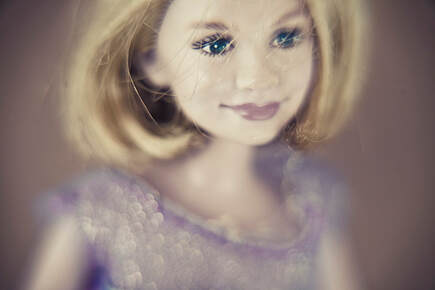
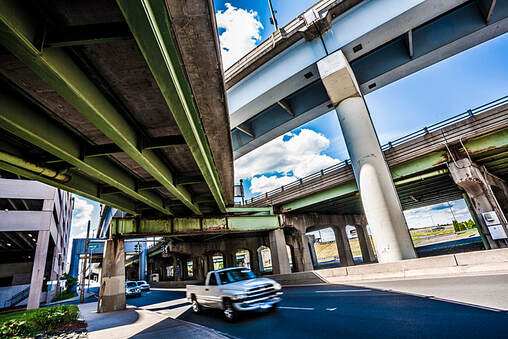
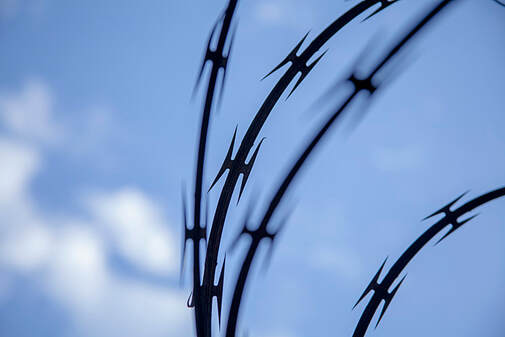
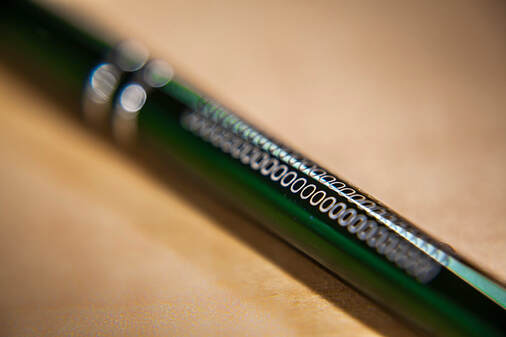
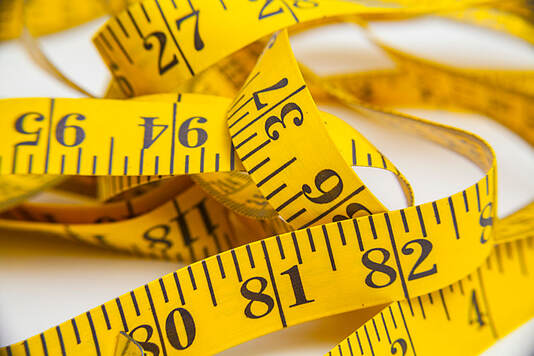

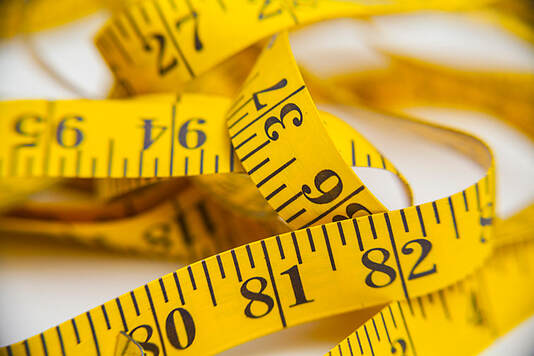
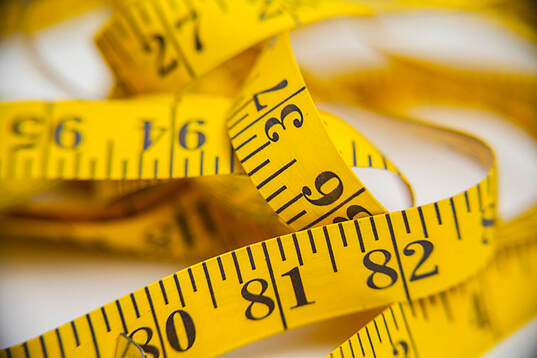
 RSS Feed
RSS Feed